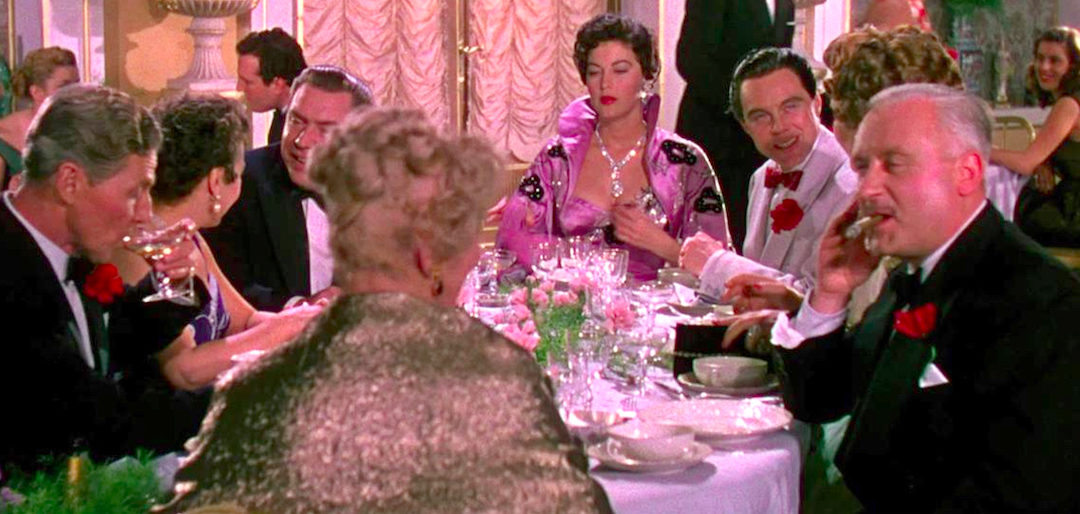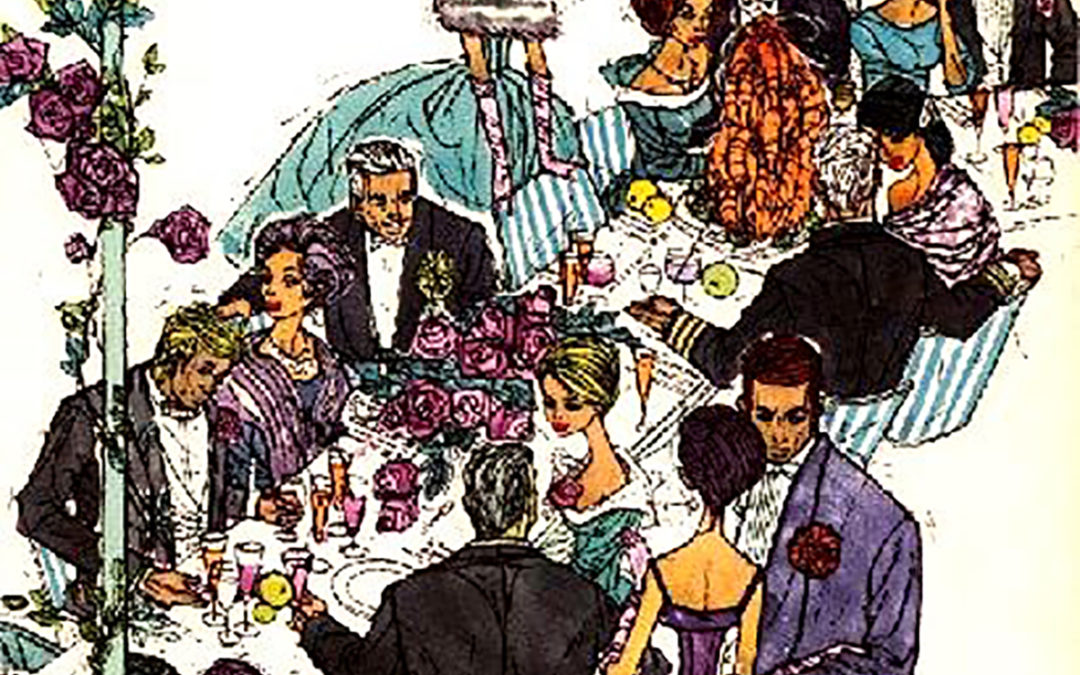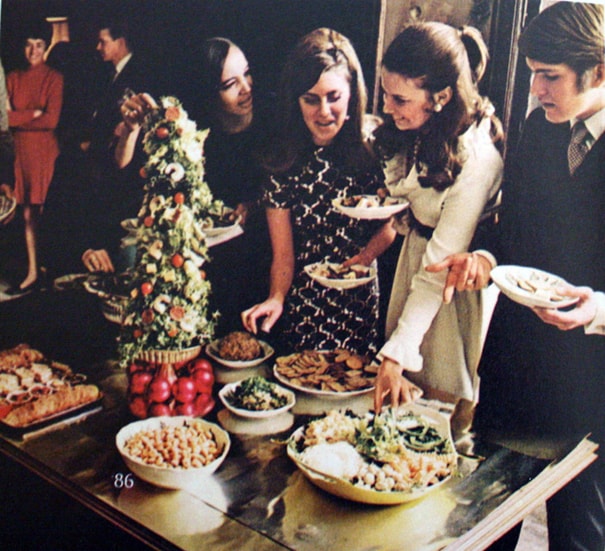
SETTING THE TONE
Every host knows that the secret to a successful event is strategically fusing the energy of the guests. If it is a seated affair, it’s even more important that the mix around the table is fun, festive and even, educational, according to our entertaining expert, Jay Remer.
PARTY TIME
Enjoying the camaraderie of one’s friends and family around a dinner table is one of life’s greatest pleasures. Dinner parties serve many purposes, and their success hinges on the guests as much as anything. Once the cocktail hour has concluded, where people sit for dinner depends on the occasion. However, when the question arises, Where shall I sit? it is the host, through his or her seating acumen, who can make or break the brilliance of the party.
At a private home, club, or restaurant, the host can solve this seating puzzle ahead of time. After all, they’ve invited the guests and know best how they will interact. Planning where people will sit requires skill, which, if not learned during cotillion days, will come with experience. Place cards are always helpful. For a large dinner where multiple tables will be used, a dining chart placed strategically near the entrance to the dining room will allow guests to find their seats more efficiently. I find this useful as it also gives them a glimpse into whom their dinner partners will be. Once I know who I am sitting beside, I can focus on chatting with others during cocktails because there will be plenty of time to converse with my tablemates when seated.
Begin with the principle of alternating sexes around the table (woman/man/woman/man) when possible. With a single table, the host and co-host are seated opposite one another at the ends of the table. If there are unequal numbers of each sex, seating two of the same sex together is unavoidable and perfectly acceptable.
When more than one table is used, be sure there is a ‘host’ for each table whenever possible. This role includes the host, co-host, guests of honor, and family members. Avoid seating alpha personalities at the same table. In fact, I avoid inviting too many of these socially assertive guests to any party as they have a tendency to dominate events they attend, which can upend the most carefully planned party.
MATCHING MATES
Husbands and wives may be seated at different tables, including formal dinners, but try to avoid seating them together unless one of them is painfully shy or there is some extenuating circumstance. After all, they see one another regularly, and interacting with other guests is the purpose of having a fun party. Conventionally, couples who are dating usually are seated beside one another, although, for me, this is a flexible guideline. If there is a male guest of honor, he would be seated to the right of the hostess; a female guest of honor would be seated to the right of the host.
Given modern partnerships, common sense trumps conventional norms. The overriding principles of proper etiquette are flexible enough to accommodate all guests with egalitarian grace. If a host decides they would like a a different mix other than what tradition dictates, they should follow their heart and act accordingly. This perspective removes all sorts of conventions and allows for the originality that so many party planners crave today.
However, do be thoughtful about your seating plan. It’s common sense not seating people together whom you know have a poor history with one another, have little or nothing in common, who are overly shy or overly talkative. Try to seat people next to those whom they would most enjoy–with interesting backgrounds, professional pursuits, or a unique hobby.
To accomplish this task efficiently, write the name of each guest on a small card. Divide the ‘deck’ into male and female decks. Some people may be more interested in politics, others in sports, others in gardening, etc. Think of this gathering as an opportunity for people with common interests to engage in elusive and lively conversations.
WHAT A CARD
After you have the seating chart sorted, write the names on place cards and band them together by table for placing once the table(s) have been set. Once you have placed the cards, the plan is written in stone. Any guest who thinks they can change their seat assignment is sadly mistaken. Some may quite justifiably consider this to be an egregiously poor lapse in judgment and possibly a short cut to elimination from future invitations.
When hosting a dinner party at a restaurant, be sure to arrive at least twenty minutes ahead of the invited start time. Some people may mistakenly arrive early, so either wait for them at the entrance bar (and have a drink) or go directly to the table and wait for your guests. Do not order a drink at the table until guests are seated. And do not touch your napkin. Your guests should arrive at a pristine table. Always try to give your guests the best view, either one facing into the room or out a window over a stunning vista, not facing the kitchen’s swinging door or viewing the restrooms. Know ahead of time exactly where each guest will sit, and as they arrive, simply let them know. For tables of more than six, I recommend place cards. Following these guidelines will ensure things run smoothly and will reflect well on you as a great host for your next gathering and many more to come.




